Agriculture, the bedrock of human survival, stands at a crossroads. With a projected global population of 10 billion by 2050 and mounting pressures from climate change, resource scarcity, and labor shortages, traditional crop protection methods—manual spraying, tractor-mounted tanks, and manned aircraft—are increasingly unsustainable. Enter agricultural spraying drones: unmanned aerial vehicles (UAVs) engineered to deliver pesticides, herbicides, and fertilizers with unprecedented precision, speed, and environmental care. These flying machines are not merely tools; they represent a leap forward in sustainable agriculture, merging cutting-edge technology with the urgent need to feed the world responsibly.
The Need for Revolution: Why Traditional Spraying Falls Short
Before exploring how drones transform crop protection, it is critical to understand the flaws of legacy systems:
-
Wasteful Overuse: Up to 50% of chemicals applied via manual or tractor spraying never reach target plants, drifting into soil, waterways, or non-target crops. This inefficiency drives up costs for farmers and pollutes ecosystems.
-
Labor Intensity & Risk: Manual spraying demands backbreaking work, especially in hilly or large fields. Farmers and laborers face prolonged exposure to toxic chemicals, leading to acute poisoning (killing ~200,000 people annually) and chronic health issues like respiratory damage.
-
Inaccessibility: Smallholder farms, which feed 35% of the global population, often lack resources for expensive tractors or access to manned aircraft. Terrain—steep slopes, flooded rice paddies, or fragmented plots—further limits effective spraying.
-
Environmental Harm: Runoff from over-spraying contaminates rivers, killing aquatic life and threatening human water supplies. Drift also harms beneficial insects like bees, destabilizing pollination ecosystems.
Agricultural spraying drones address these gaps head-on, offering a smarter, safer, and more sustainable alternative.
Core Technologies: The Brains and Brawn of Spraying Drones
What sets agricultural spraying drones apart is their integration of multiple advanced technologies, working in harmony to achieve precision at scale.
1. Sensing & Imaging: Mapping Crop Health from Above
Drones begin their mission by “seeing” the field. Equipped with multispectral or hyperspectral cameras, they capture light across visible and invisible wavelengths (e.g., near-infrared, red-edge). Healthy plants reflect more near-infrared light; stressed plants—damaged by pests, diseases, or drought—reflect less.
AI algorithms analyze this data to generate vegetation index maps (e.g., NDVI), highlighting areas needing treatment. For example:
-
Red zones signal severe pest infestations.
-
Yellow patches indicate nutrient deficiencies.
-
Green areas show healthy crops.
Some drones pair cameras with LiDAR (Light Detection and Ranging), using laser pulses to create 3D terrain maps. This is critical for uneven fields, ensuring drones maintain consistent altitude and avoid collisions with trees or power lines.
2. Navigation & Flight Control: Centimeter-Accurate Precision
To spray effectively, drones must fly with surgical precision. RTK-GPS (Real-Time Kinematic Global Positioning System) provides centimeter-level accuracy, ensuring flight paths follow pre-mapped routes without drift. Unlike consumer drones, which meander by meters, agricultural drones with RTK-GPS:
-
Adjust for wind gusts or sudden obstacles (e.g., a bird) in real time.
-
Guarantee uniform spray overlap, eliminating missed spots or over-application.
Advanced models add vision-based navigation: downward-facing cameras let drones “see” the ground, enabling them to navigate complex environments like orchards or vineyards where trees or vines create irregular obstacles.
3. Spraying Systems: Targeted Delivery, Minimal Waste
The heart of a spraying drone lies in its variable-rate spraying (VRT) system, which tailors chemical output to the drone’s health map. Key components include:
-
Centrifugal Nozzles: Atomize liquid into micro-droplets (50–200 microns)—10x smaller than traditional sprayers. These tiny droplets adhere better to leaves and drift less.
-
Smart Pumps: Adjust pressure to deliver more chemical to infected zones and less to healthy ones. A drone can switch between high (5 L/acre) and low (1 L/acre) rates mid-flight.
-
Downward Fans: Push droplets straight down onto crops, reducing drift by up to 70% compared to boom sprayers.
Data Insight: A 2023 field study found drone-sprayed fields had 40% less pesticide residue in nearby streams than conventionally treated areas, safeguarding aquatic ecosystems.
4. Autonomy & Swarm Intelligence: Scaling Efficiency
Modern drones operate autonomously, guided by pre-programmed flight plans or real-time data. Swarms—groups of drones working in coordination—take this further:
-
AI divides large fields into grid cells, assigning each drone to a zone.
-
Drones communicate to avoid collisions and optimize coverage.
In large-scale farming, swarms can cover 500–1,000 acres in a single day—equivalent to 20–40 manual laborers—drastically reducing time-sensitive responses to pest outbreaks.
Transformative Applications: From Small Plots to Mega-Farms
Agricultural spraying drones adapt to diverse farming contexts, proving their versatility:
1. Smallholder Farms: Democratizing Technology
In regions like sub-Saharan Africa or Southeast Asia, where 80% of farmers work on plots under 2 hectares, drones-as-a-service (DaaS) models bridge the affordability gap. Farmers pay per acre (5–15) for spraying, avoiding upfront costs of purchasing drones.
Example: In Kenya, maize farmers use drones to target fall armyworm infestations. By spraying only 10% of their fields (guided by health maps), they cut chemical costs by 60% and reduce losses from 50% to 10%.
2. Large-Scale Row Crops: Speed and Scalability
In vast fields of wheat, corn, or soy, drones excel at rapid deployment. A single drone covers 50–100 acres/day—faster than tractors (which take days) or manned aircraft (which are costly and weather-dependent).
Impact: In India’s Punjab region, rice farmers use drones to spray during monsoon season, when tractors would get stuck in mud. This prevents delays, reducing crop losses by 30%.
3. Specialty Crops: Orchards and Vineyards
Orchards (apples, citrus) and vineyards have irregular canopies and tight spacing—ideal for drones. Their compact size allows navigation between trees, delivering targeted sprays to lower leaves where pests like aphids hide.
Result: California vineyards report 40% less sulfur use for powdery mildew control, improving grape quality and reducing environmental impact.
4. Hilly and Remote Areas
In mountainous regions (e.g., Yunnan, China, or Nepal), traditional equipment struggles with rough terrain. Drones hover above the ground, avoiding mud, slopes, and waterlogged fields. They also reach remote villages with limited agricultural services, empowering isolated communities.
Unmatched Benefits: Beyond Efficiency
The value of agricultural spraying drones extends far beyond speed and cost savings:
1. Environmental Stewardship
By targeting only affected areas, drones reduce chemical runoff by 50–70% and drift by up to 80%. This protects waterways, soil health, and non-target species like bees, supporting biodiversity.
2. Farmer Safety
Drones eliminate direct contact with toxic chemicals. No mixing, no inhaling fumes, no skin exposure—critical in regions where pesticide poisoning remains a leading cause of farmworker illness.
3. Data-Driven Decision-Making
Spray data, combined with health maps, creates a digital record of field conditions. Farmers track historical trends, predict outbreaks, and optimize inputs—transitioning from reactive to proactive farming.
Challenges: Pathways to Wider Adoption
Despite their potential, agricultural spraying drones face hurdles:
1. Regulatory Fragmentation
Airspace rules vary globally. While some countries streamline drone registration, others impose strict limits on flight altitude, payload, or swarm size. Harmonizing regulations is key to scaling adoption.
2. Battery and Payload Limits
Most drones fly 20–30 minutes and carry 5–20 liters of liquid. Emerging technologies like solid-state batteries (5x longer life) and hydrogen fuel cells could extend this, but commercial viability remains a work in progress.
3. Training and Accessibility
Many smallholders lack technical skills to operate drones. Training programs and DaaS models, where local operators manage fleets, are bridging this gap.
The Future: Smarter, Greener, and More Autonomous
The next decade will see agricultural spraying drones evolve into fully integrated smart farming tools:
1. AI-Driven Autonomy
Drones will use real-time data (weather, soil moisture, pest forecasts) to adjust spraying mid-flight. For example, pausing if rain is imminent or switching to spot-spray mode upon detecting a new infestation.
2. Next-Gen Batteries and Payloads
Longer flight times and heavier payloads will make drones viable for large-scale farms in the U.S., Brazil, and Australia. This could include carrying herbicides for weed control or fertilizers for targeted nutrient delivery.
3. IoT Integration
Drones will collaborate with soil sensors, weather stations, and ground robots. For instance:
-
Soil sensors detect low nitrogen → drone sprays a targeted nitrogen solution.
-
Weather stations predict drought → drone activates precision irrigation.
4. Sustainability at Scale
Drones will play a pivotal role in achieving UN Sustainable Development Goals (SDGs), particularly Zero Hunger (SDG 2) and Climate Action (SDG 13). By reducing chemical use and runoff, they will help farms become carbon-negative while feeding a growing population.
Conclusion: A New Era of Crop Protection
Agricultural spraying drones are more than technological marvels—they are a lifeline for modern agriculture. They solve the inefficiencies of the past, protect the environment, empower farmers, and ensure food security for generations to come.
As a rice farmer in Vietnam put it: “Before drones, I sprayed blindly, hoping to save my crop. Now, I spray smartly, knowing I’m protecting my livelihood and my land.”
The sky’s the limit for agricultural spraying drones—and for the future of farming.
Final Note: By 2030, the global agricultural drone market is projected to exceed $12 billion, with spraying drones leading growth. This is not just a trend—it is the dawn of a precision revolution in agriculture.
THE END
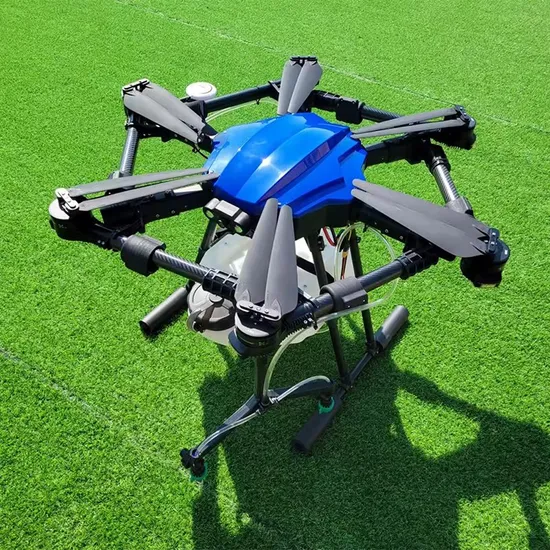

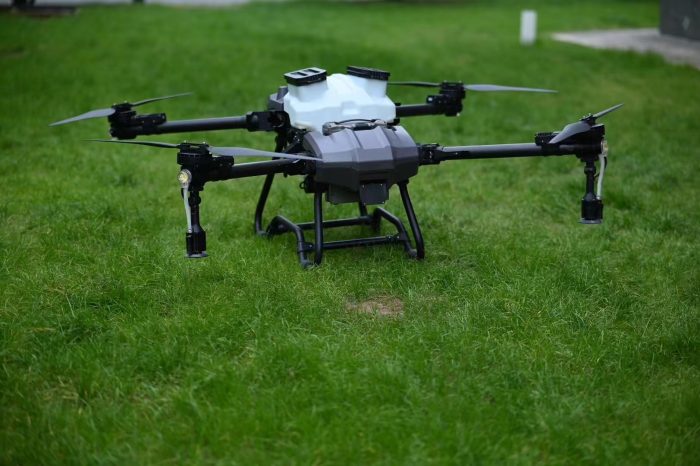
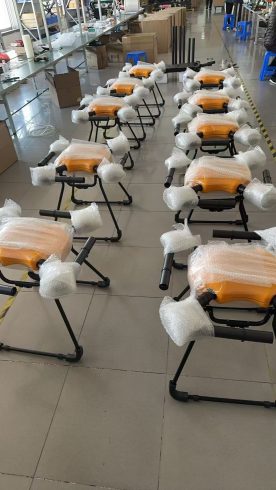
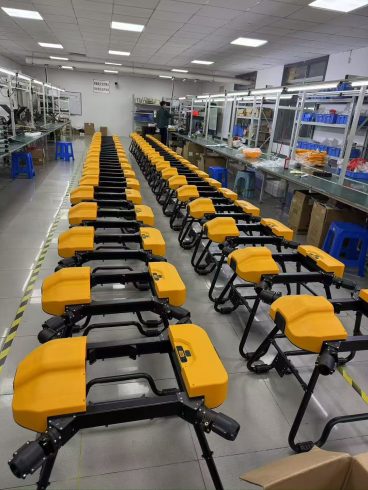


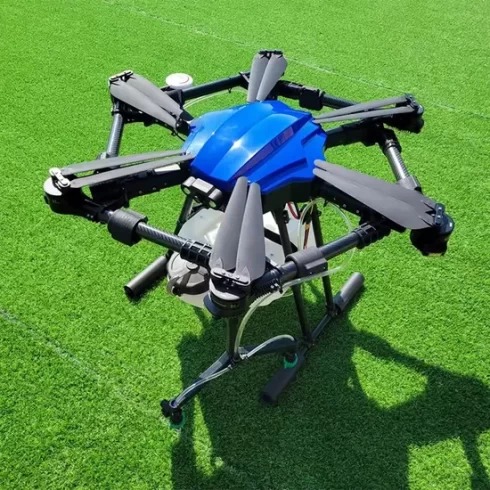

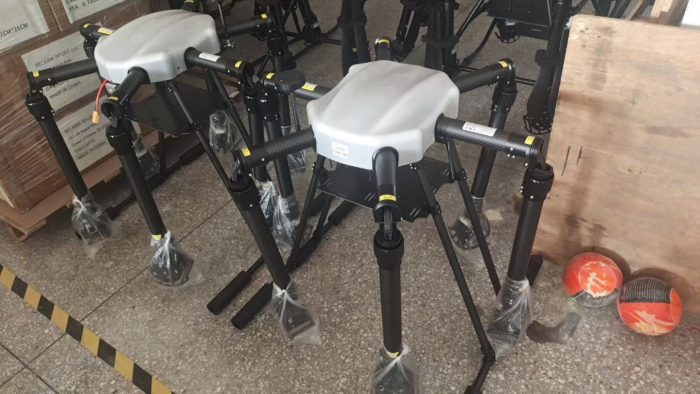

暂无评论内容